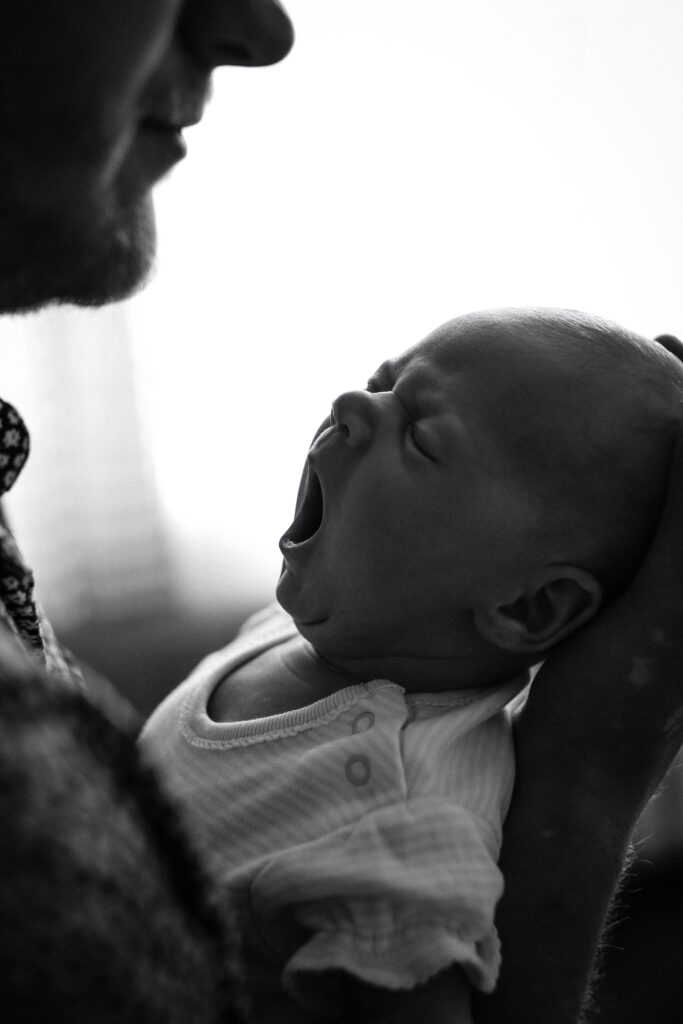
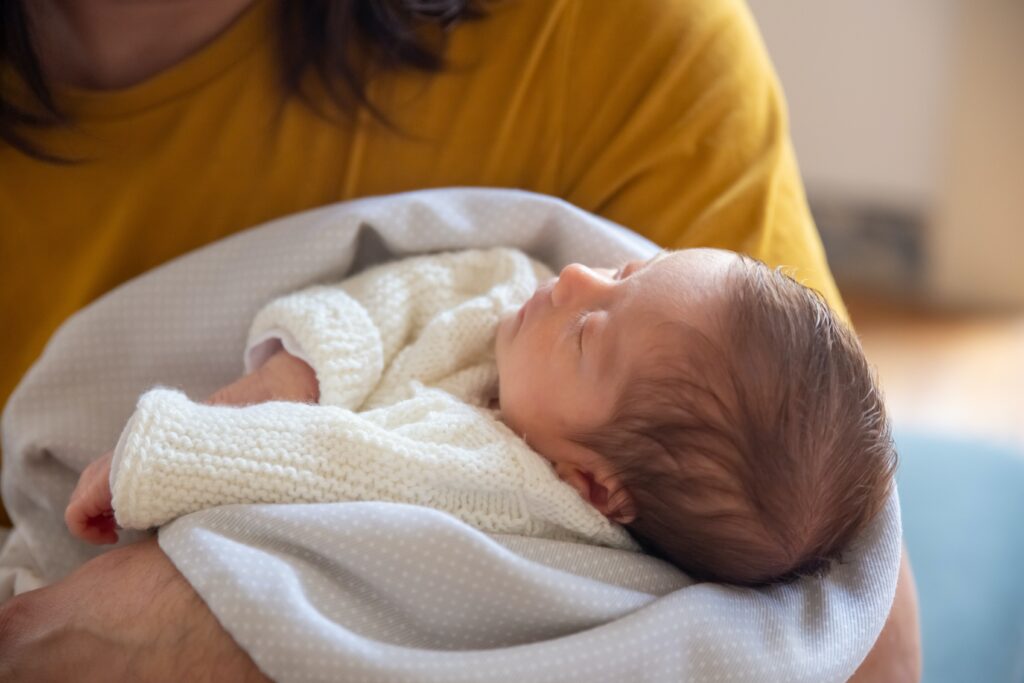

What does a baby do?

- I like to eat a lot! Roughly every 2 to 3 hours
- Sometimes I will be on and off your breast/or the bottle for an extended period and drive you crazy!
- I like to sleep a lot! between 16-18 hours in 24 hours
- I will have periods of alertness/wakefulness in-between sleeps
- I will pee and poo a lot too! I will wet my nappy roughly 6-7 times in 24 hours sometimes more!
- My eyesight is a bit blurry. I like faces as can only see about 8-10 inches so when you hold me looking at your face makes me happy!
- My digestive system/gut is very immature and just beginning to get used to digesting the delicious milk you are providing. Therefore, I may be very gassy, hiccup a lot and love to poo explosively when you expose me in front of others!
- I am also very sensitive to my new environment having been incubated in water for the past nine months. Irritants and pollutants in the air make me sneeze a lot and my skin may break out in a rash, which isn’t usually anything serious and goes away on its own. However, always ask the midwife to have a look just in case
We recommend the following websites for advice you can trust and up-to-date information:
- Parent Club – For Baby Box And All Your Parenting Needs
- Eating Well resources — First Steps Nutrition Trust
Feeding your baby
We wish to support all families in Lothian with infant feeding and building a close and loving relationship with their newborn baby. The best way to begin is to spend as much time as possible in skin-to-skin contact with your baby in their early days and weeks – have a babymoon!
If you need help at any time or have questions, speak to your midwife, health visitor or family nurse.
You will find lots of information, resources and tips here:
Feeding Your Baby – Maternity Services (nhslothian.scot)
In the first few days, healthy full-term babies do not always waken by themselves to feed. We often need to waken them to remind them to eat. Your baby’s tummy is tiny and cannot take large volumes of milk, so it is important they are fed frequently. Most babies are able to store energy that they can use between feeds but this is what we would recommend:
For breastfeeding parents we recommend to offer the breast when baby shows cues (see your Off to a Good Start book for more detail or follow this link: Off to a Good Start: all you need to know about breastfeeding (healthscotland.com)) or if mum feels she wants to feed. We would expect your baby to feed at least 8 times a day (in reality it is often MUCH more).
For bottle feeding parents, we recommend you look for signs your baby is ready to feed and to pace your baby’s feed, watching them for signs they are full. Your formula feeding leaflet will help you to safely bottle feed your baby and you can find more on this link:
Infant Formula – Feeding Your Baby (nhslothian.scot)
If you are breastfeeding and need support
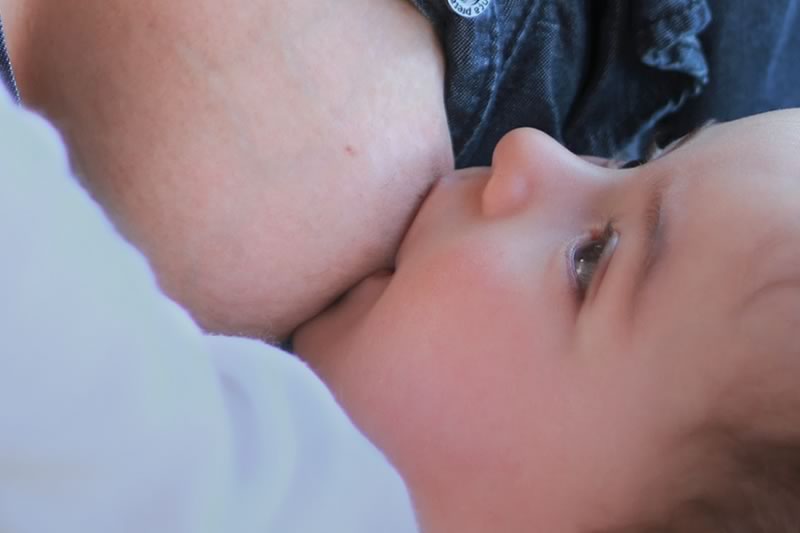
For information about FREE groups run by trained peer-supported in the Lothians:
Breastfeeding in the Lothians | Linktree
For a map of breastfeeding support groups and breastfeeding-friendly businesses and premises:
Breastfeeding Friendly Scotland – Google My Maps
Nappies
Wet and dirty nappies tell you if your baby is getting enough milk. The number of nappies will increase over the first 2 weeks of life as shown in the table below.
| Wet | Dirty | |
| Day 1-2: | 1 or more per day | 1 or more, ‘tar-like’ |
| Day 3-4: | >3, nappies heavier | > 2, brown/greenish |
| Day 5-6: | >5, heavy wet nappies | >2, yellow |
| Day 7-28: | >6, heavy wet nappies | >2, yellow |
What do nappies look like in the first days:
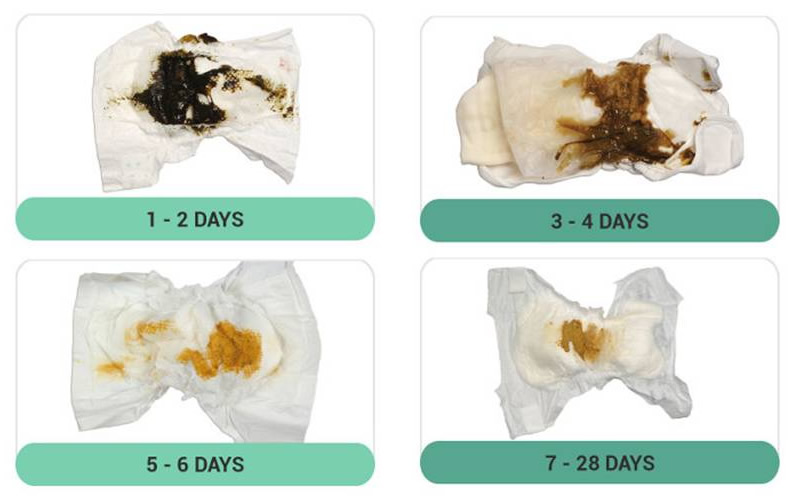
Bathing your baby
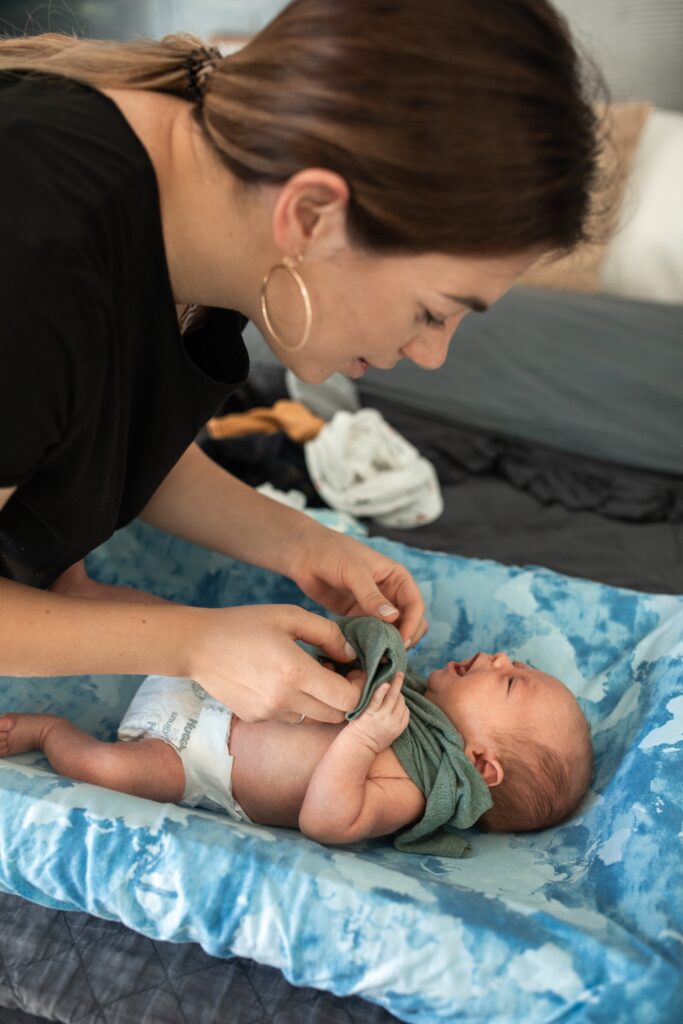
We recommend that you bath or “top and tail” your baby daily to ensure they are kept clean and to avoid infections.
Top and Tail – This involves using bowls of warm water, cotton wool or other suitable flannel, to wash your baby’s face, eyes, mouth, nose, ears, neck, their hands and feet and TO FINISH their bottom and genital area. You should use a clean piece of cotton wool for each different wipe or separate flannel for washing and drying. Ensure to pay good attention to skin folds and creases and make sure you DRY each area as you go.
To bath them, it’s a good idea to begin by washing their hair, face, eyes and neck and then dry these areas, before immersing them in the water. Wash their body, inside their hands and cord area gently, ensuring you again pay attention to skin folds and creases. Lift baby out onto a warm towel and dry thoroughly including all creases.
We can go over this with you in more detail if you wish.
This video shows you how to bathe your baby:
Skin-to-skin and baby wearing
As soon as your baby is born, they will start to adapt to life outside your womb. Just after the birth, your midwife will dry your baby and give them to you to hold undressed directly next to your skin. This is called skin-to-skin contact. It’s a lovely way to say hello and to start to get to know your baby and welcome them to their new world. Holding your baby like this will help to calm them, steady their heart rate and breathing, and keep them nice and warm.
You or your partner can also use skin-to-skin contact at any time to calm and comfort your baby.
For more information look at your copy of Off to a Good Start or click here:
Off to a Good Start: all you need to know about breastfeeding (healthscotland.com)
This video shows you how to wear your baby sling:













